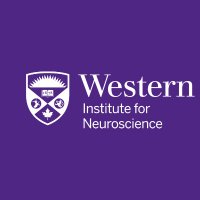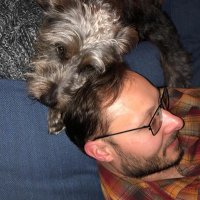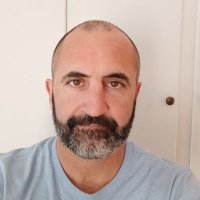
Gregory Hickok
@gregoryhickok
Distinguished Professor of Cognitive Sciences & Language Science @UCIrvine; author, The Myth of Mirror Neurons, and Wired for Words (forthcoming!)
ID: 2579527148
http://talkingbrains.org 21-06-2014 00:40:02
7,7K Tweet
5,5K Followers
109 Following

Great work by Kumar Duraivel to investigate the neural mechanisms of speech production!!

Exciting work from #WIN member Jessica Grahn - Neural representations of beat and rhythm in motor and association regions pubmed.ncbi.nlm.nih.gov/39390710/


Our paper on suppression of onset responses during speech production in auditory cortex (and lack thereof in the insula!) is now out in SfN Journals ! Onset responses may provide an important cue for externally generated sounds! Thread below with info. jneurosci.org/content/early/…



Glad to see this work out in @BrainComms: Verbal working memory and syntactic comprehension segregate into the dorsal and ventral streams, respectively w/Julius Fridriksson @Leo_Bonilha Gregory Hickok Dirk den Ouden Zeinab Khoshhal Mollasaraei Chris Rorden academic.oup.com/braincomms/adv…


Proud of this work, leveraging fMRI to address theories of subject island effects in English. Now out open access in Journal of Cognitive Neuroscience. W/ Jon@Sprouse, Diogo Almeida, and Gregory Hickok direct.mit.edu/jocn/article/3…




New review on the neurobiology of sentence production by my grad student Jeremy Yeaton. Check it out! sciencedirect.com/science/articl…

20+ years ago, an idea about cortical lateralization of audition was advanced: asymmetric sampling in time AST. This extensive review/reevaluation by chantaloderbolz, me, and Martin Meyer assesses how the idea has fared. #notallwrong sciencedirect.com/science/articl…

Our study of phonological processing in word recognition, N= 150 acute stroke Pts. We assessed the degree to which phonological perception is bilateral vs. left dominant. Ans: it's bilateral in the majority of people. ~18% are (atypically) left dominant. sciencedirect.com/science/articl…




